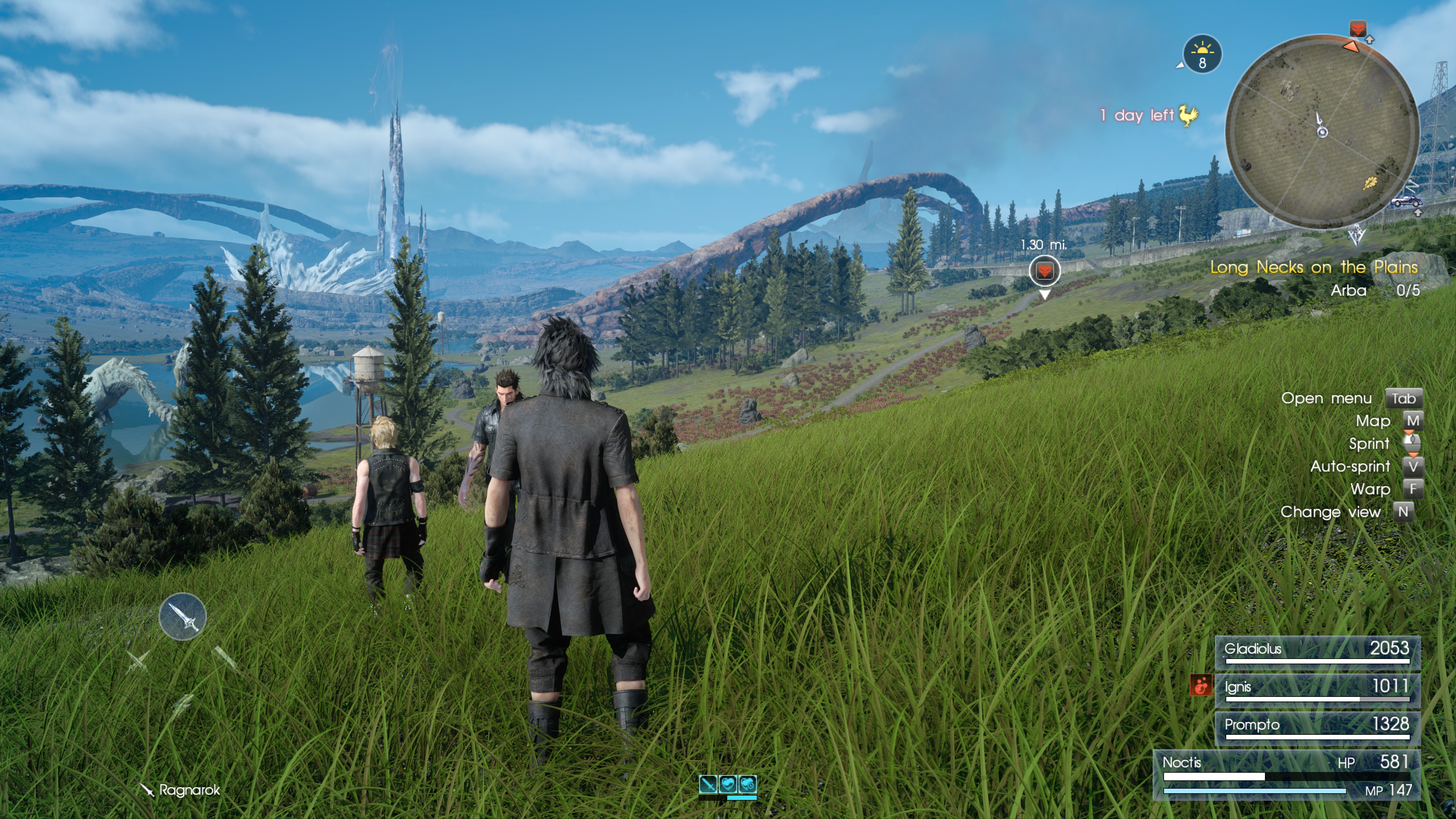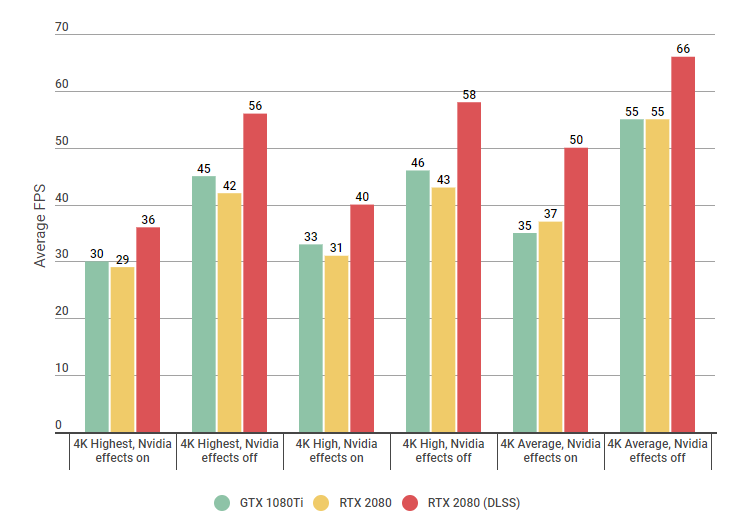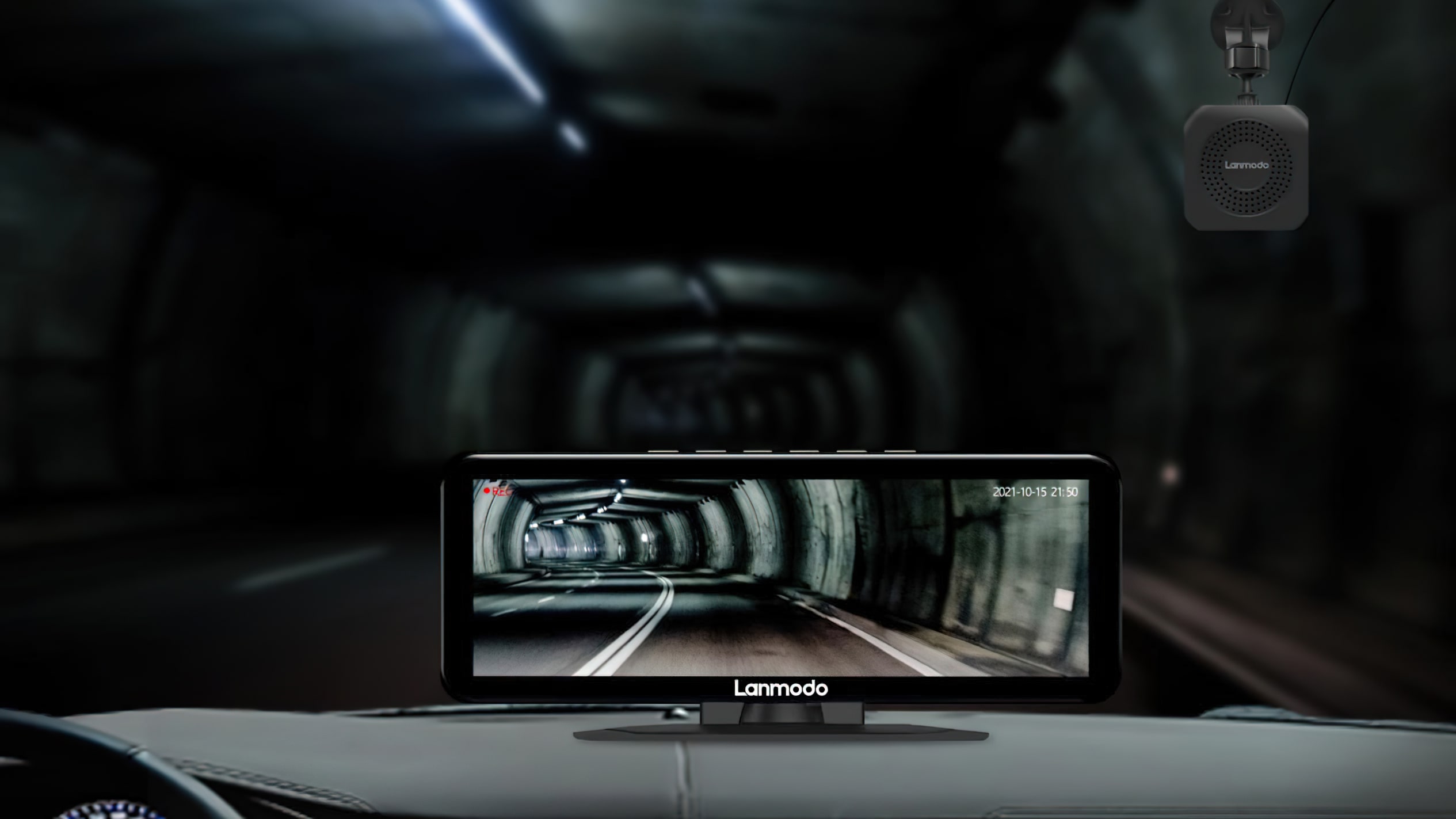
Nvidia’s performance-boosting DLSS tech arrived in Final Fantasy XV final week, permitting all three individuals who’ve truly purchased themselves certainly one of Nvidia’s new Turing RTX playing cards to lastly begin making use of what makes the GeForce RTX 2070, RTX 2080 and RTX 2080Ti so particular. I’m nonetheless a bit miffed this fancy, AI-driven edge-smoothening magic solely works at 4K in the meanwhile, thereby making it much more area of interest and tougher to make use of than FFVII’s Knights of the Round summon (slightly joke for you there) however I do realise that that is the decision that arguably wants it most. And after working some checks on the RTX 2080, the outcomes are fairly encouraging.
You could recall that, earlier than Nvidia and their companions bought their act collectively and launched a few of Turing’s best features into the wild, the RTX 2080’s uncooked efficiency was roughly on par with our present best graphics card for 4K champion, Nvidia’s GeForce GTX 1080Ti. A card that, till just lately, was round 100 smackers or so lower than its RTX cousin, prompting widespread shoulder shrugging when it first got here out. Why ought to anybody even take into account shopping for one when it wasn’t truly that a lot sooner?
Admittedly, that state of affairs appears to have reversed at time of writing (maybe resulting from the truth that we’re post-Black Friday and pre-Christmas gross sales) however the truth stays that there weren’t many compelling causes to decide on the RTX 2080 when it first got here out a few months in the past. Until now. Sort of. As lengthy as you want Final Fantasy XV and have a 4K monitor.
As you may see from the graph under, which takes the common body charge I recorded at every high quality setting for the GTX 1080Ti and RTX 2080 each with and with out all of Nvidia’s fancy further results turned on whereas working up and down the hills of Duscae (which is extra demanding than the opening desert space, by the best way), DLSS provides a major soar in efficiency throughout the board – usually between 10-15fps general.
There are, in fact, a few locations the place the good points are much less keenly felt. Final Fantasy XV’s Highest preset with all of Nvidia’s TurfEffects, HairWorks, ShadowLibs and taxing VXAO enabled confirmed the smallest leap in efficiency, for instance (simply 6-7fps), and High with all of the above results turned on wasn’t a lot better both, edging simply 7-9fps in entrance of its non-DLSS competitors.
However, even in these extra modest enhancements, DLSS is totally transformative. It is probably not a silky clean 60fps, nevertheless it pushes the game’s efficiency simply excessive sufficient to show it from a stuttering, sometimes sub-30fps mess into a way more nice 35-40fps romp throughout FFXV’s lush hills and countryside.
Indeed, the default TAA anti-aliasing possibility on these presets noticed lows of round 19fps on Highest and 26fps on High when Noctis carried out his warp sprint transfer to strike enemies from throughout the battlefield. But switching on DLSS meant that determine by no means went under 30fps. And that’s even when there have been dozens of enemies onscreen, which is fairly spectacular should you ask me.
I didn’t actually discover that a lot of a drop in general high quality, both. If you look onerous sufficient on the timber and mountains within the background of the photographs under, you would possibly be capable to see that one appears to be like barely smoother and fewer detailed than the opposite. The timber are rather less outlined, and the mountain textures aren’t fairly as sharp and gritty.

Here’s what DLSS appears to be like like in apply on FFXV’s Highest preset at 4K… (click on to enlarge)

…and right here’s what the game appears to be like like with no DLSS on Highest at 4K (click on to enlarge)
I additionally spied a really occasional little bit of flickering occurring in stated rockface as Nvidia’s AI stuff tried to work out which bits had been rock and which bits had been meant to be timber after I was stood nonetheless attempting to seize these screenshots, however in movement it was fairly flawless. After all, more often than not I used to be specializing in Noctis and co within the foreground, so any lack of background element didn’t actually trouble me that a lot, and each jacket crease and blade of TurfEffect grass nonetheless appeared simply as sharp and detailed because it did with DLSS turned off.
Of course, these are solely the outcomes for the RTX 2080. I’ve but to see how a lot of a distinction DLSS makes on the cheaper RTX 2070, for instance, and I’m ready for one to wing its means again to me for additional testing. As a single GPU for 4K gaming, although, the RTX 2080 actually appears to be like much more tempting than it did a few months in the past – at the very least should you’re a diehard Final Fantasy XV fan who’s itching to play the game at 4K, that’s.
Still, if DLSS can ship this type of efficiency increase in each game earmarked for future DLSS support, then this can be a very promising begin certainly (and there are considerably extra of those than these at present confirmed to be profiting from Nvidia’s headline ray-tracing reflection tech, I’d add). Especially if graphics card costs proceed to be within the RTX 2080’s favour. I’m not saying it’s best to all rush out and purchase an RTX 2080 proper now, in fact, but when DLSS means I can theoretically play Final Fantasy XV on Highest at 4K at a snug body charge with out shelling out one other £600-700 / $500-600 on the significantly extra highly effective 4K monster that’s the RTX 2080Ti, then take into account my curiosity properly and actually piqued.



